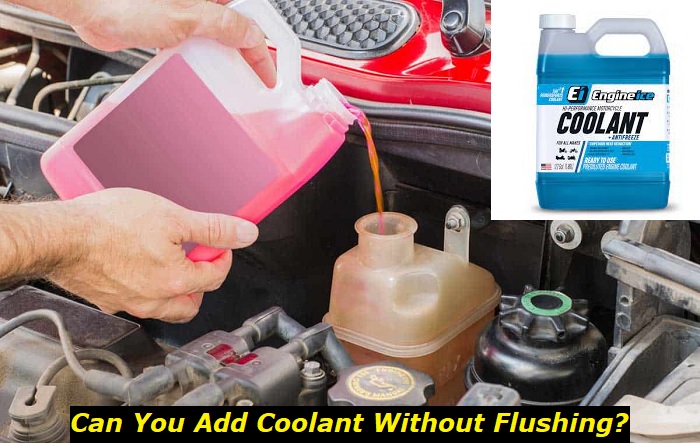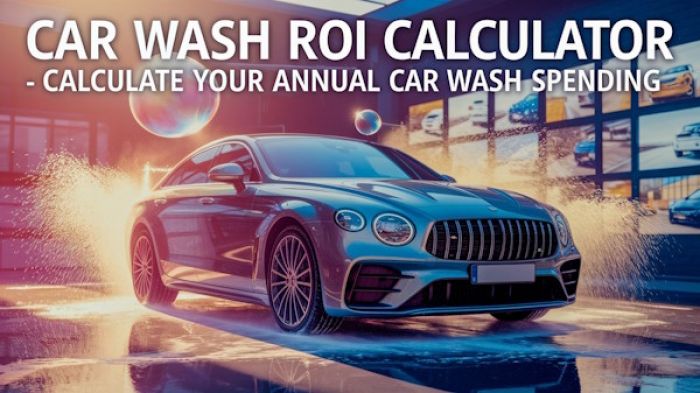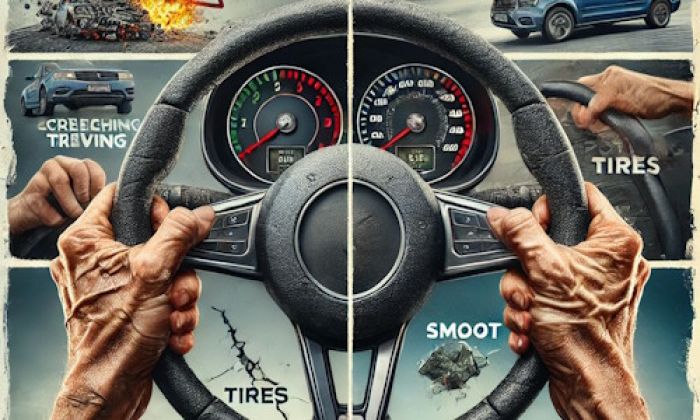You can top up coolant without flushing the system, but you need to make sure you use the proper type of fluid. It's important to understand how the cooling system works in your car and what exactly you should do if something goes wrong. Today, I will view several common situations and will explain to you how you should act in them.
Coolant level problems highlights
- Level of urgency:high
- Commonreasons:cooling system problems, leaks, coolant expands, circulation issues
- DIY diagnostics:quite complicated
- DIY repair:impossible
- Price of repair:$300 - $850
- Time for repair:3 - 9 hours
- If ignored:engine overheating and failure, cooling equipment problems

What do you need to know about topping up coolant?
Coolant is the liquid that is circulating in the cooling system of your vehicle. It helps the engine to cool down and give away some heat. Thanks to the advanced cooling system in modern cars, you can forget about worrying - the engine temperature is always stable and is in the optimal range for better performance of the engine.
But this is possible in those cases only when the coolant is at its optimal level. If the coolant is low, the system may malfunction and the engine will most obviously overheat. This is not a really good thing for you because the overheating engine may fail at any moment. So, the natural question is if you can top up the coolant without flushing the system.
Here's what you should do if the coolant level is low:
- let the engine cool down for 10 minutes or so - don't open the coolant reservoir right after you stopped the car;
- then, look at the reservoir and check the level - it should be above the MIN but below the MAX mark;
- if the coolant is too low, you can add more coolant right to the reservoir;
- you should make sure that the coolant is appropriate for your vehicle, clean, and doesn't contain any dangerous components;
- after that, close the coolant reservoir cap and start the car - you may drive, but carefully watch the engine temperature.
As you see, you can top up the coolant level if you find it low. But you also should understand why the level is low. Usually, the level of coolant doesn't drop just on its own. There should be a reason for this and this reason can not be really good.
Why can the coolant level drop in your car?
Basically, there are two major ways how coolant level may drop in the vehicle:
1. Outer leak
Usually, coolant may leak from the cooling system pipes, connections, thermostat, or water pump. Also, it may leak from radiators. The leaks cause a lot of coolant to come out of the system and, as a result, the level drops. Even if you top up some coolant, it will drop again quite fast.
If this is the case, you should locate the leak and try to deal with it or plan a visit to the repair shop to let specialists deal with the problem.
2. Leak inside the engine
This is a much worse problem that can lead to issues like coolant combustion. In this case, the coolant leaks directly into the cylinders and then dilutes the oil and/or is burnt in the combustion chamber. Usually, this happens because of head gasket problems. But it may also happen because of the cracks in the head or in the cylinder block.
This issue requires a lot of professional attention. Otherwise, the engine will eventually seize and you will have to invest in the new one. Driving a car with such an internal coolant leak in its engine is a very bad idea.
Topping up coolant when you don't have the needed antifreeze
Antifreeze is not the fluid that you would carry in your trunk at all times. Usually, you don't need to top up coolant, so you just have it changed once in 3 or 5 years at the dealership or repair shop, and then you keep driving. But imagine that you suddenly spot the engine temperature rising high right in the middle of your journey.
This is an insane situation - you are on a highway, and the nearest auto parts store or gas station is a hundred miles away. You try to ask other drivers for help but they also don't have any coolant to share with you. What should you do?
Here are your options:
- Let the car cool down and carefully drive it. Even if the coolant is low, you can still drive the car but watch the engine temperature. Once it's higher than normal, immediately stop the vehicle.
- If there is no coolant at all in the system, the previous method won't work. You need at least some liquid to be there so that the engine could still cool down a bit when working.
- Use simple water - even if it's just water from a puddle. But make sure you clean it with all available methods. Also, after such adventures, you should clean the system and refill it with proper coolant as soon as possible.
- Don't use just any other coolant. If you don't have access to the needed coolant, you better use water. Two coolants that aren't compatible may form a gel-like substance that will clog the system.
- You can buy clean water in any near shop. Ask other drivers to give you a ride to the next gas station or shop on the highway and buy clean water to add to the system.
Whatever you add to the cooling system of your car, you shouldn't drive for a long time with this mixture. Once you are in some city or town, find a proper repair shop and ask them to clean the cooling system, find and repair a leak, and also fill it up with the proper coolant type. This will save your engine from spontaneous overheating.
Once you add something to the cooling reservoir, stop every 10-20 miles and check the level and the overall condition of the coolant. You shouldn't drive further if you see that the vehicle has a lot of problems with the engine cooling system.
Flushing cooling system - when and how can you do this?
Actually, if you use the proper coolant with no additives and water in it, you will not have to flush the cooling system often. I don't flush it at all because the condition of the coolant is perfect and the system seems to be clean and efficient at all times.
Although car manufacturers claim you should flush the system every 30,000 to 50,000 miles or 3 to 5 years, I believe you should just use the proper coolant in the system.
But you will certainly need flushing in such conditions:
- you toped up some other kind of coolant or simple water;
- your cooling system was boiling for some time due to a low coolant level;
- the coolant is dirty, and has changed its original color;
- the coolant reservoir changed its color from white to yellow;
- the efficiency of the cooling system is low, the engine is often overheated.
If you have several of these factors, you should think about flushing the cooling system, refilling it with some chemicals that will help you clean it, and then filling it up with the proper fresh coolant.
Also, you should understand that the lifespan of the best coolant is about 7 years or something. I never own my cars for more than 3-5 years, so I just never change the coolant in them if it's not needed due to leaks and other problems. But if you own your vehicle for more time, you should change the coolant at least once every 5 years to avoid issues with the engine temperature.
Can I add water and keep driving the car for a long time?
If you are in a situation where you don't know what type of coolant is now in your car, the best way to deal with topping up coolant is to add water. But the system will not gladly work with any water. If you get water from a river nearby, you will have to flush the system as soon as possible and clean it with chemicals before filling it up with the new coolant.
You should add distilled water so that you didn't need to change the coolant once you are able to go to the repair shop.
But even with the proper type of water, the coolant will lose its properties and will most likely ask for change. You will notice unexplainable engine overeating and other bad things happening with the system, so you will have to change the coolant in the end.
About the authors
The CarAraC research team is composed of seasoned auto mechanics and automotive industry professionals, including individuals with advanced degrees and certifications in their field. Our team members boast prestigious credentials, reflecting their extensive knowledge and skills. These qualifications include: IMI: Institute of the Motor Industry, ASE-Certified Master Automobile Technicians; Coventry University, Graduate of MA in Automotive Journalism; Politecnico di Torino, Italy, MS Automotive Engineering; Ss. Cyril and Methodius University in Skopje, Mechanical University in Skopje; TOC Automotive College; DHA Suffa University, Department of Mechanical Engineering






Add comment